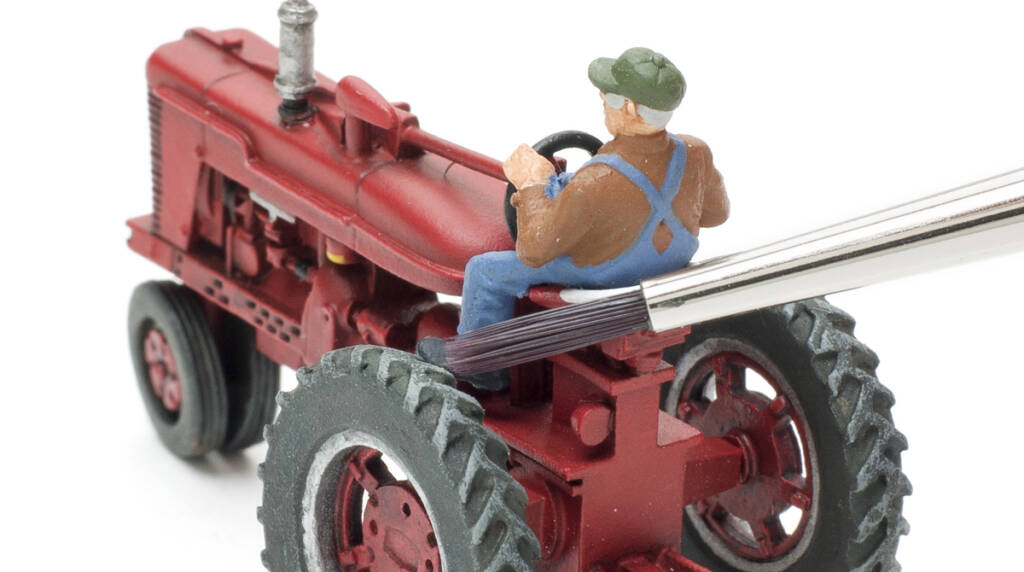
Painting is one of my favorite aspects of the hobby, though I guess that shouldn’t come as a big surprise. My father and grandfather were auto body repairmen, so painting (albeit on vehicles, not model trains) has been a part of my life from an early age. I started airbrushing model trains in my early […]
Read More…
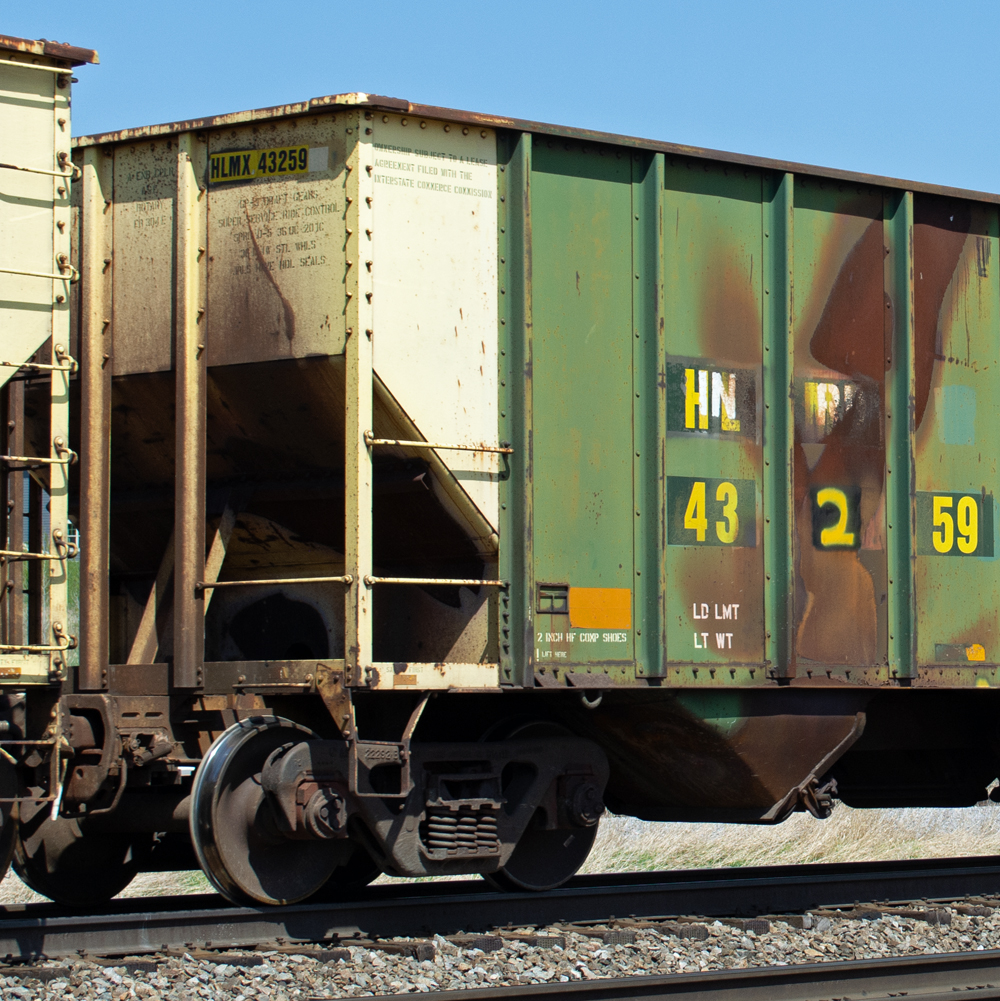
Q: What website is best for finding prototype photos of freight cars to help with realistic weathering? — Jim Veronico A: Though some websites are certainly better than others, I’m reluctant to declare a single website as the “best” for finding prototype freight car photos. Over the years, I’ve found that using multiple sites helps […]
Read More…
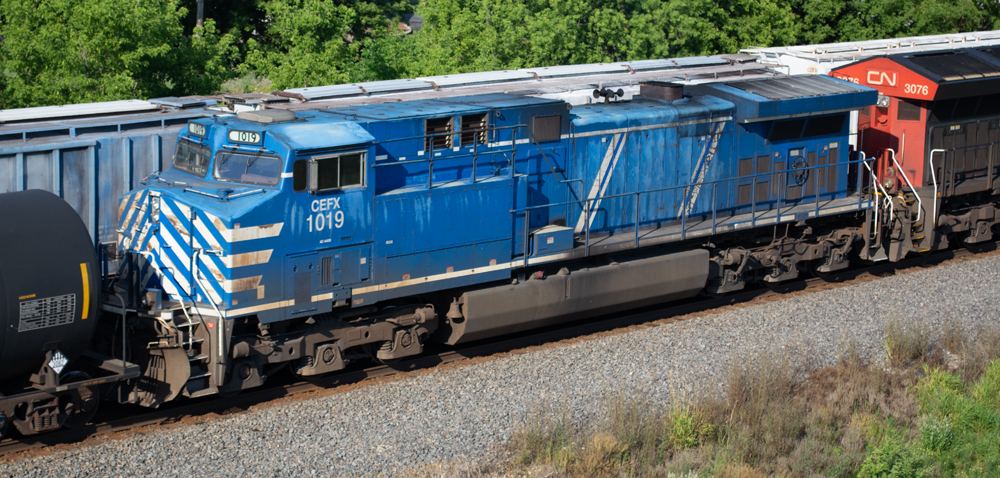
Unless your model railroad is at eye-level or higher, the first thing operators and visitors see when they look at your locomotives and freight cars is the roof (and on open-top cars, the interior). In recent years, some manufacturers have offered models with faded paint and light weathering. Other companies have released boxcars with paint […]
Read More…
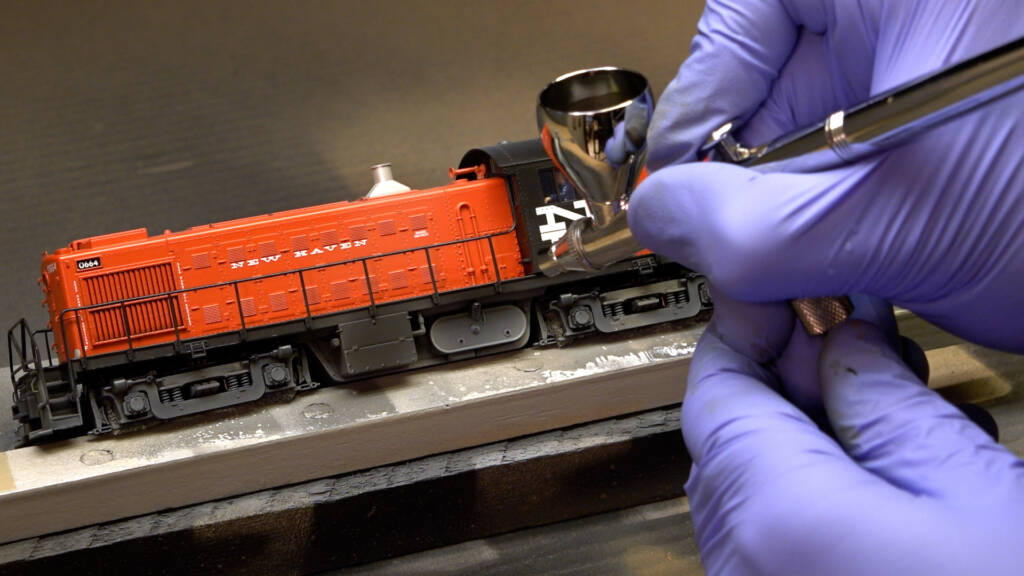
Efforts to make a new, HO scale (1:87.1) Alco RS1 diesel locomotives appear more worn continue. Here, David Popp demonstrates easy and effective airbrush weathering techniques for adding dirt, rust, grime, and faded-paint effects. […]
Read More…
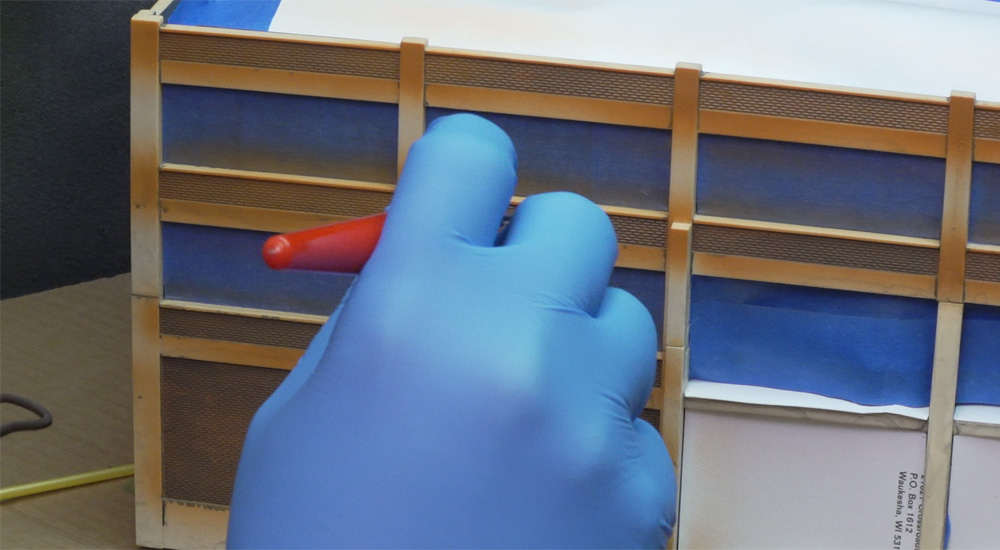
Q: I wonder if you could offer some ideas as to what might have caused a rough finish on an airbrushed structure. The prototype’s facade has white enameled panels, which I made by scribing lines in white styrene. The rest of the exterior is gray with a concrete block pattern, which I also modeled in […]
Read More…
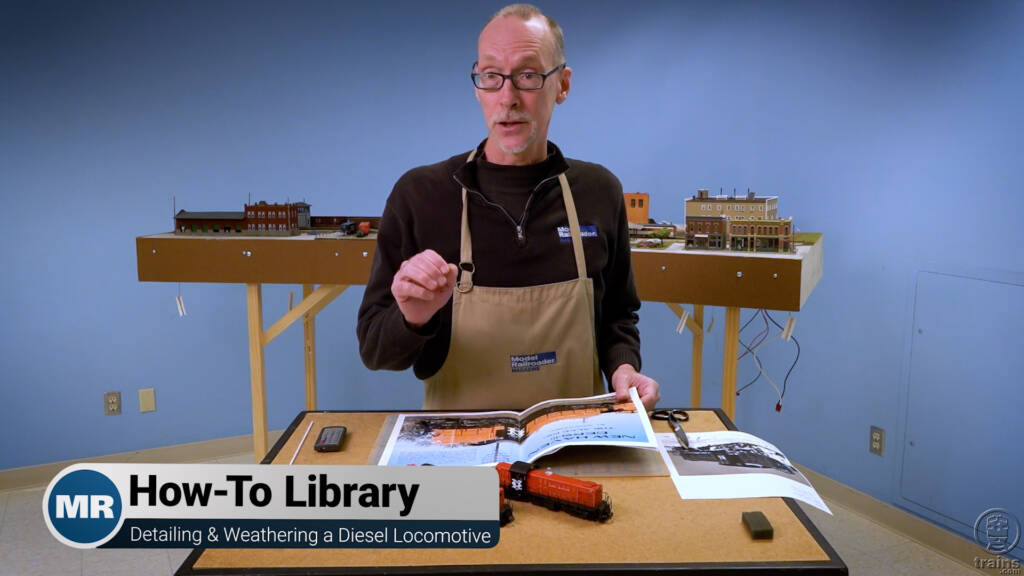
David recently installed new DCC decoders into his HO scale (1:87.1) Alco RS1 diesel locomotives. Now it’s time make what’s shiny and new appear more weathered, worn, and authentically detailed for the modeled era of operation. Follow along as David gets you started through the steps required to install realistic, fine details, before he begins […]
Read More…
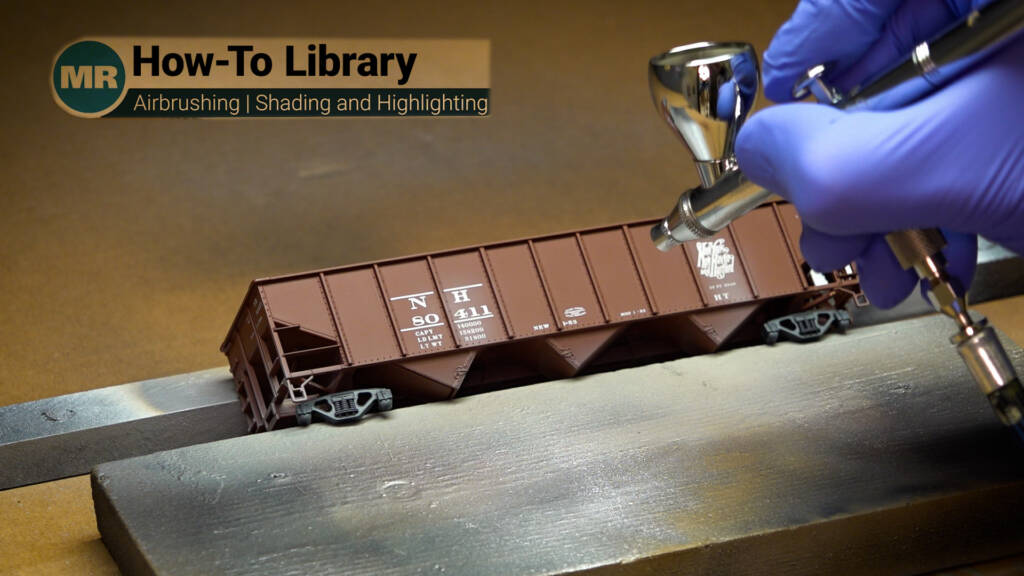
Acquire helpful tips for using an airbrush to apply shading and highlighting effects that mimic authentic wear and weathering patterns on freight cars. In this instance, David demonstrates the step-by-step process using HO scale (1:87.1) open hoppers. […]
Read More…
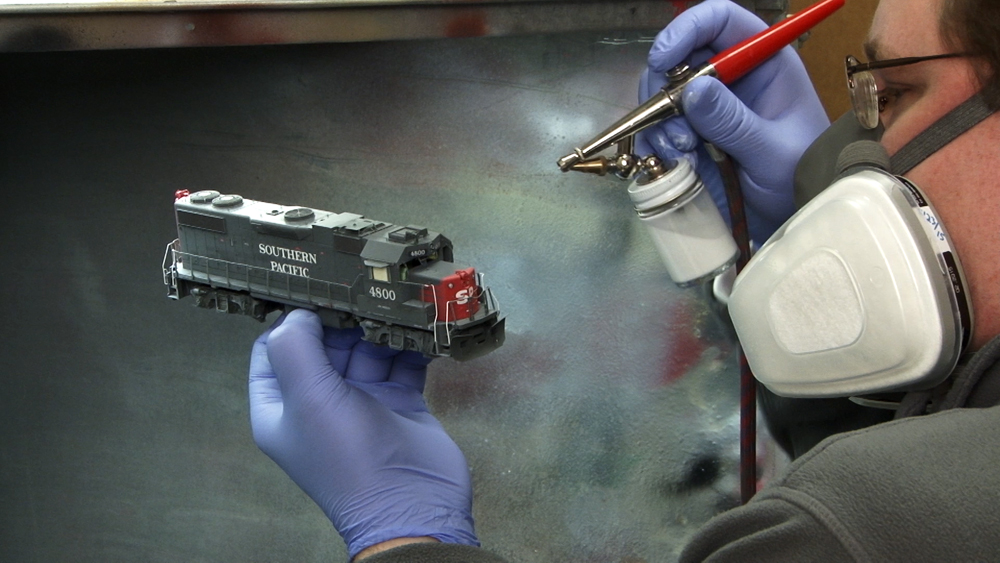
In my 20-plus years with Model Railroader magazine, I’ve written several how-to articles on airbrushing. Some have focused on using the tool to re-create models you can’t find on the shelf, such as “How to paint multi-color locomotives” in the September 2013 issue. Others, including “How to weather coal hoppers” in December 2012, have demonstrated […]
Read More…
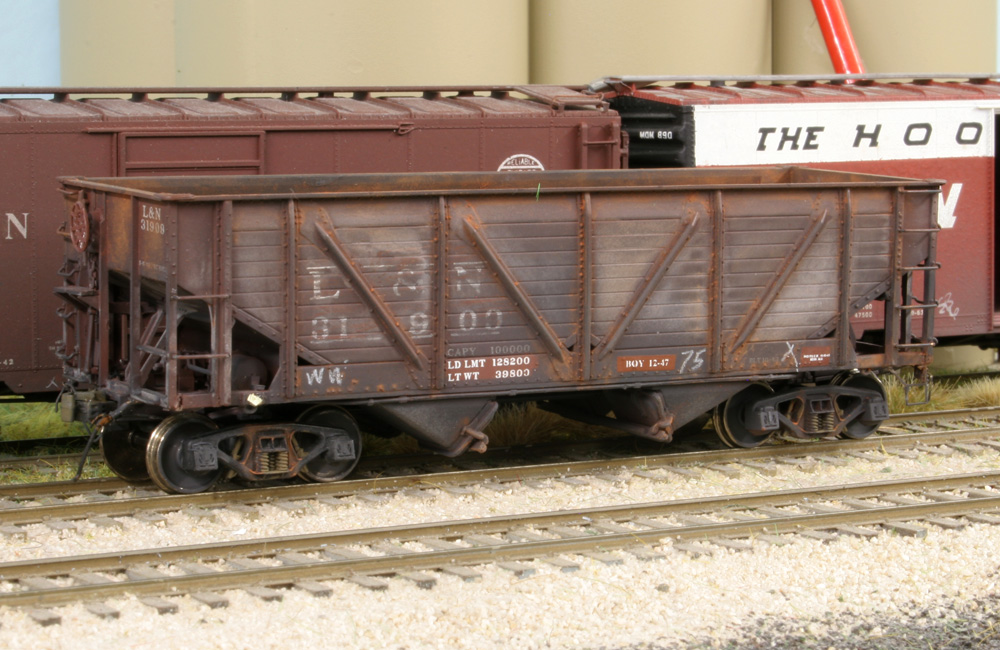
Q: I’m aware that India ink-alcohol stain fogs Dullcote and similar dulling lacquer products. But I’ve not been able to find anything on the internet that discusses what happens if you spray Dullcote onto something that has previously had an alcohol wash applied, but the alcohol has completely evaporated and is dry. I assume there is no effect, […]
Read More…
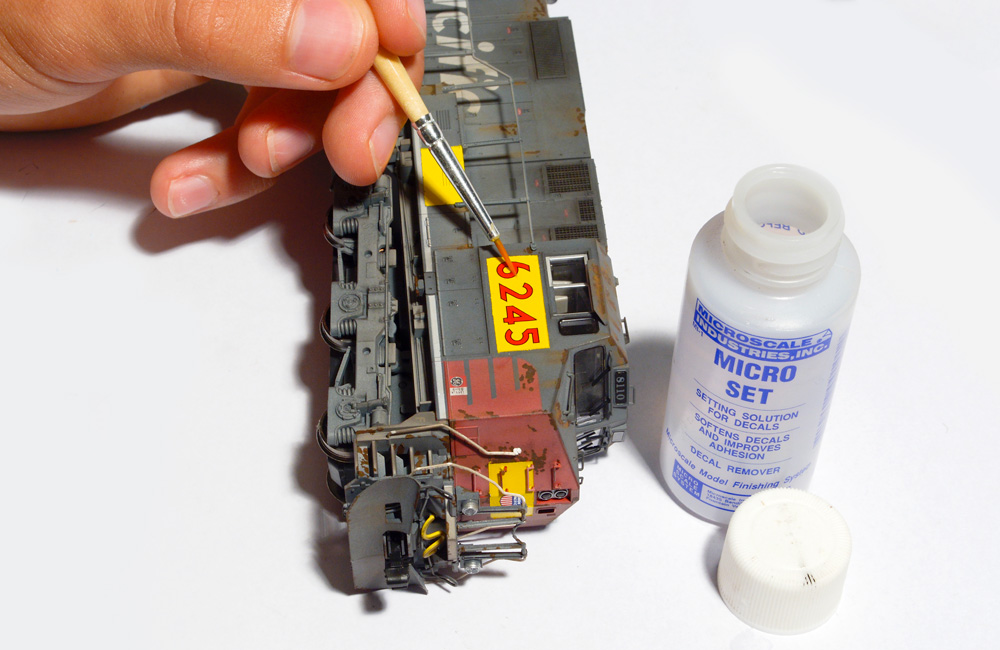
Q: I’ve read the articles on how to patch out locomotives and rolling stock, but how often are these techniques used by cash-strapped short lines? It seems a lot easier (and cheaper) to slap a patch on a new locomotive and get to work than repaint a used locomotive. – Michael Schlobohm A: Prototype railroads, […]
Read More…
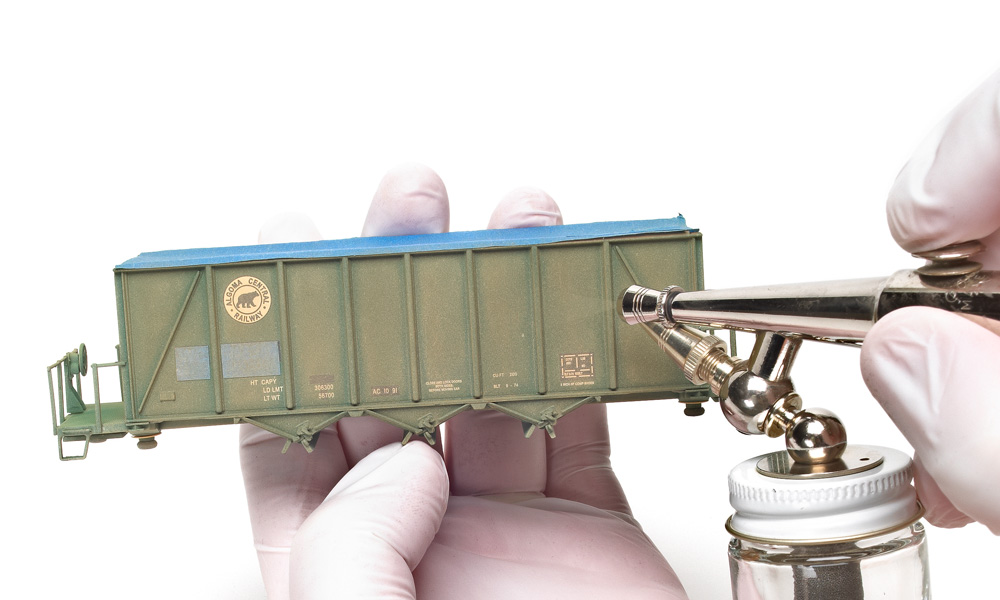
Q: I would like some advice on cleaning an airbrush while weathering. I use an older Paasche airbrush to weather my N scale rolling stock. Since N scale models take very little paint, the painting process usually only takes a few seconds to a minute per color. But cleaning the tip, the air point, and […]
Read More…
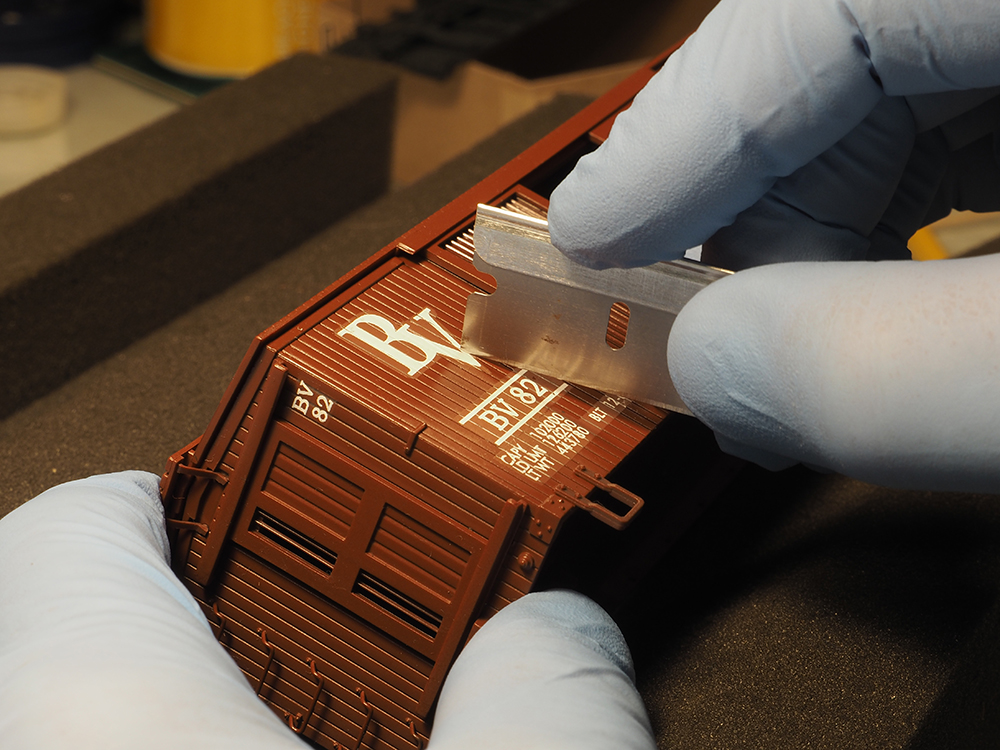
Car Swap Project part 7: Gerry’s creative touch: In this episode of our Car Swap series, Gerry explains how he completed the HO and O scale Bona Vista cars for Seth and David’s layouts. Starting with prep work and a few of decaling tips, Gerry then dives into extensive detail about weathering the two boxcars. […]
Read More…












